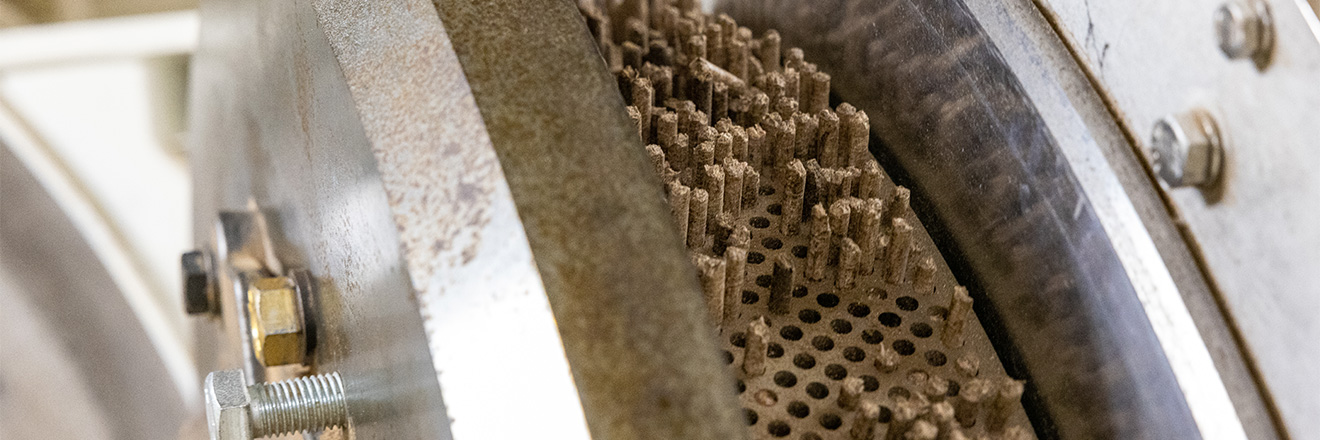Wood pellet mills require copious amounts of grease for day-to-day pellet production. A plant manufacturing 2,040 tons of pellets a day consumes on average more than 130 pounds of grease in that time. The equipment consistently runs at high temps with heavy loads resulting in tens of thousands of dollars per year spent on this vital machinery lubricant.
Due to these staggering numbers, it's common for those in charge of the plant's budget to opt for the cheapest product to save tens of thousands of dollars per year. However, grease selection should be carefully considered. Choosing the wrong grease for your pellet mill operation can cause accelerated replacement of parts, excessive grease waste and even premature equipment failure.
As is often the case, the cheap can burn a hole in your wallet when only one metric-price-is considered. But when the total cost of ownership is factored in, a premium grease should improve the bottom line of a pellet mill operation.
What to Consider
Grease is a crucial part of the pellet manufacturing process and is used on most pieces of equipment from the wire ropes on overhead canes to the rolls on conveyor systems to the pellet mills themselves. The pellet mills arguably consume the most grease during the manufacturing process with roller bearings, main shaft and jackshaft all requiring regular applications of it. Heavy loads, high temperatures and unavoidable moisture combined with constant operation requires the use of a specialized, high-temperature wood pellet lubricant to ensure optimal efficiency and machine reliability.
Selecting a Grease
The OEM typically determines the best type of grease for the mill, but it is not always required for an operator to use the recommended grease to maintain the manufacturer's warranty. With that said, you will want to choose a lubricant that shares the same temperature range, additives, EP properties and viscosity as the recommended lubricant. All factors considered, an NLGI 2 high-temperature grease with extreme pressure properties is typically the requirement for pellet mills. If you choose an alternative grease not listed in the OEM specification, you will usually be required to submit your choice for OEM approval prior to use in your equipment to keep the warranty.
Grease consists of two main components-base oil and thickener-plus performance-enhancing additives. Thickeners can vary and include aluminum, calcium, lithium (and their complexes), calcium sulfonate and polyurea. Due to the heavy loads, extreme pressure properties are essential. The temperature range of your chosen lubricant depends on the base oil, the viscosity and additives, but should typically be between negative 20 and 360 degrees Fahrenheit because the bearings in a wood pellet mill can get very hot.
For every 10 degrees of temperature increase, the life of the lubricant can be cut in half. When you add vibration to the mix, the grease breaks down from both oxidation and oil separation. Contamination from dirt and process materials can also become a concern when trying to extend bearing life. These issues can typically be avoided by using a high-quality grease, as well as by relubricating with sufficient quantities of grease at the appropriate intervals to adequately purge harmful, abrasive contaminants from lubricated points.
